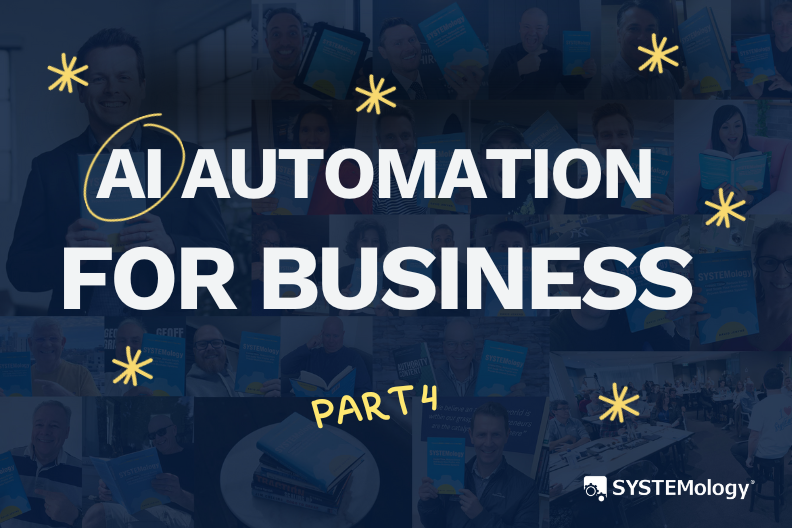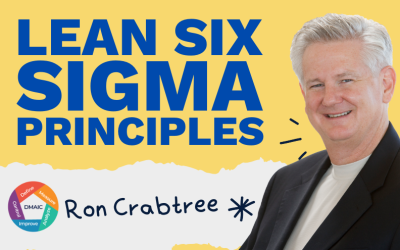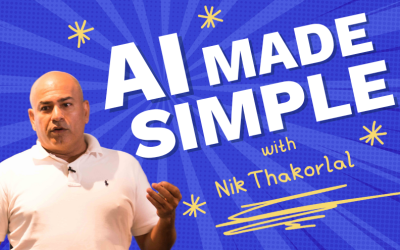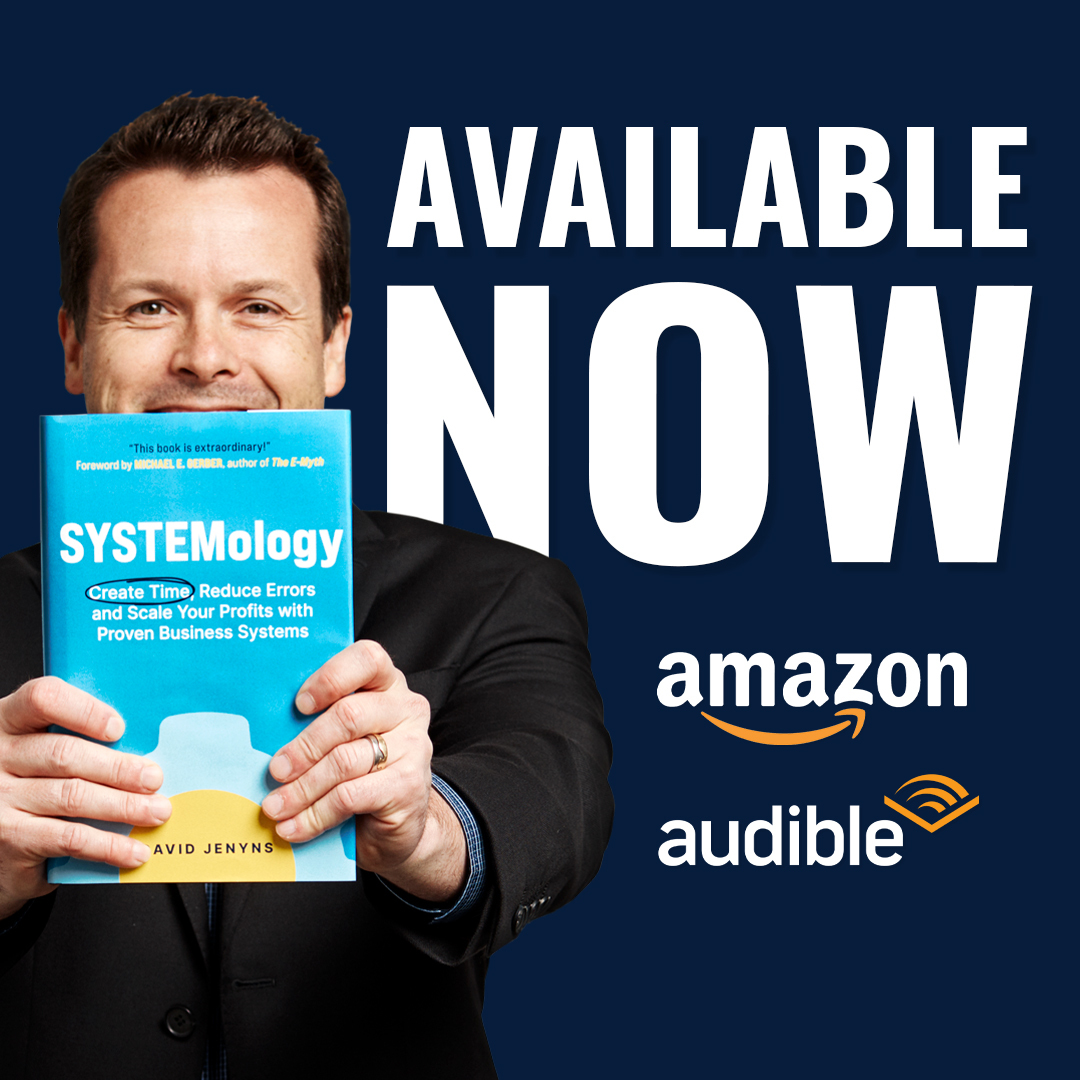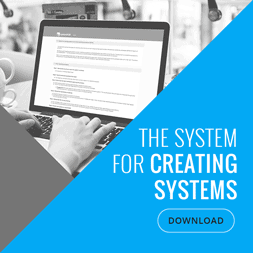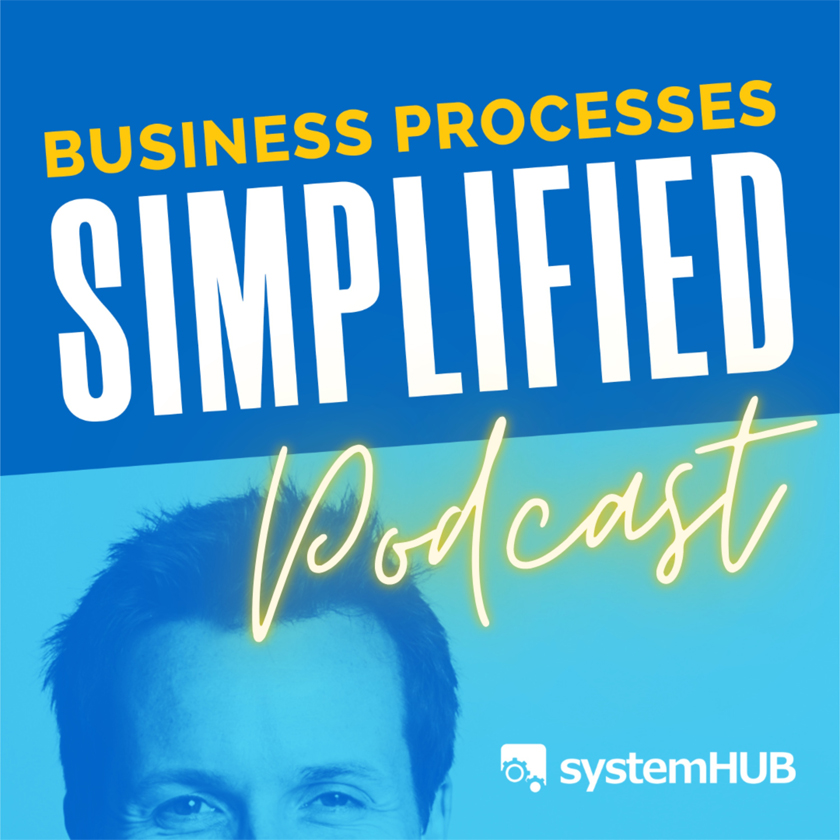“What’s one business process you’ve made more efficient with AI—and what tool did you use?”
Meet Your Experts:

Risto Rehemägi

Nicholas Alexander

George Tsoupis

Emilia Korczynska

Bogdan Antihi

Arthur Feriotti

Rahul Agarwal

Predrag (Techie) Tekelerović

Tahnee Perry

Dr. Andrew (Hanshi) Linick

Tarun Gehani
Our whole business is automating seo content with AI. That includes every step in the process, from keyword research and ideation, content structure and hub building, writing, researching, editing, illustrating and publishing. The writing process is described here.
I have written a lot about AI and will continue. With or without its help! The business process I use AI for is writing software. I use Claude 4 mainly (via t3.chat and/or CodePilot). I use it to reflect on ideas and examine code. And sometimes to help debugging. I also sometimes ask it to create a plan and then let it loose to write a software branch and then spend a week debugging it. I think there is a real problem with people thinking AI has “all the answers”. It does not. I think business automation is a terrible problem when people stop being involved with customer contact. AI is a temptation to shareholders to make things “more efficient”. AI is a tool to make people more efficient but when you ask it to do your job for you, you had better learn to do something new! One business process I’ve made significantly more efficient with AI is outbound prospecting.
We used to rely heavily on cold calling and mass emailing, which led to low response rates and poor engagement. By combining LinkedIn Sales Navigator, Waalaxy, and GenAI tools like Bing AI, we developed a scalable 4-step system to personalize outreach at scale. AI helped us identify ideal prospects, write tailored messages using company and role-specific details, and automate connection campaigns—while keeping a human, conversational tone. The result? In just 4 months:
- 30,000+ prospects added
- 11,000+ LinkedIn messages sent
- 5,000+ ideal buyers connected
- All at just €0.11 per contact
This shift from generic outreach to AI-enhanced personalization turned lead generation into a repeatable, cost-effective engine for growth.
Hands down, creating personalized warm email outreach copy and LinkedIn ads. We use OpenAI API to go to our prospects website, read their reviews, and then provide bespoke advice on what to improve. And we use chatGPT projects to create LinkedIn ad briefs and the actual images, cutting the production time in half.
I built this thing to fix a problem a lot of people have. You don’t even need a website or CRM to use it.
It’s just a straightforward way to get leads and send proposals:
- lead fills out a form (Tally)
- answers go into Google Sheets
- a tailored proposal gets generated automatically using ChatGPT
- optional email reply goes out via Gmail
No devs. No web hosting. No overhead.
Just a clean system that helps solo founders follow up faster and look more professional, from day one.
I put it together with Make.com.
If you want to check out more, the site is bogdanantihi.com.
One process I’ve significantly improved with AI is equipping sales teams with deeper customer intelligence. Using AI to generate concise and contextual summaries of each account, pulling from CRM notes, past orders, common pain points, and communication history. It gives reps a quick snapshot of product preferences, service patterns, and even soft insights like tone or personality cues. This has helped the team tailor their conversations, spot upsell opportunities, and build stronger relationships, without extra work.

Rahul Agarwal
To answer your question — one business process we’ve been actively transforming using automation and AI is lead generation. We’re currently building out our own software that automates the entire process — from identifying potential leads to delivering highly personalized cold outreach at scale. It’s still a work in progress, but the goal is to create an engine that saves hours of manual work and delivers better conversion rates by understanding prospects more deeply before contacting them.
One business process I’ve made significantly more efficient with AI is my creator workflow with ChatGPT. Codex and Sora included. A whole creator system. From content matrix, strategy, profile optimization, drafting content, all the way to engagement.
BTW, I built a custom GPT (Draft My Comment) that helps me and other creators quickly craft thoughtful, personalized comments that actually drive conversation and connection, without the grunt work overwhelm.
43 Million Profit Center Uncovered for Fortune 100 Client.
Background: A 2 Billion Corporation (name withheld due to legal Privacy) had a diverse portfolio of companies but was unaware of a hidden profit center within one of its divisions in electronic publishing.
Challenge: The Linick Marketing Research Group, Div. WDC, Inc. (LMR) was tasked with conducting a nationwide survey among executives and managers in the publishing industry.
The purpose of the research was to find out opinions from the recipients on processes used in the development of publications/information bases.
Solution: LMR developed a VIP B-T-B Nationwide Survey Among Key Directory & Database
Producers to uncover untapped revenue streams. We interviewed key product buyers including:
1. Customer surveys to identify unmet needs and preferences.
2. Employee interviews to uncover hidden strengths and opportunities.
3. Market analysis to identify trends and competitor gaps.
Results:
The audit revealed a previously unknown profit center for the electronic publishing division of GDS.
Dr. Andrew Linick created a customized marketing strategy to leverage the findings and maximize profitability within 72 hours.
The B2B division was optimized to generate $43 million in additional revenue.
The VP praised Dr. Andrew Linick’s work, stating, “I had no idea we were sitting on a hidden goldmine.
Dr. Andrew Linick’s expertise has repositioned our business for lucrative and unprecedented growth without the expertise and assistance of Linick Marketing Research div. of The Linick Group of companies, our impossible 3 ½ day deadline to reach 1,000 publishers would never have been achieved.
“The survey brought back a huge 32% response to quantify the Directory and Online Data Publishing Market and gain extremely valuable information necessary for us to compete favorably in the marketplace.”—George W. Capua, VP.

Perplexity) and Google’s AI Overviews, using a mix of existing tools that track prompts and citations.
Using GPT-4o, I’ve built a proprietary scoring system that analyzes a URL’s readiness for AI Overviews and AI search agents, identifies gaps in source authority, and provides SEO and AI recommendations for improving how content is cited or quoted by LLMs.
It’s integrated via API into a custom Google Sheets-based auditing framework. It goes beyond just tracking prompts, it analyzes the content’s source authority, structure, and citation potential, and then maps out how to improve a brand’s discoverability across both AI and traditional Google search.
It streamlined my process and made it consistent and easy to scale. It’s become a core part of how I help brands future-proof their SEO strategy in this AI-driven search landscape.
How to Apply What You’ve Learned and Win Back Your Time With AI
These insights prove one thing: AI automation for business isn’t hype—it’s a practical edge.
Whether you’re running a team of 2 or 20, small shifts in how you use AI can free up time, improve performance, and cut costs fast.
Want help implementing AI-driven systems in your own business?
👉 Check out the book Systems Champion
👉 Explore SYSTEMology resources
AI Automation for Business: Common Questions, Clear Answers
What Is AI Automation for Business?
AI automation for business refers to using artificial intelligence tools to handle repetitive or time-consuming tasks—like data entry, customer support, email follow-ups, and internal documentation—so teams can focus on higher-value work.
Why Should Small Businesses Care About AI Automation?
AI automation helps small businesses save time, cut costs, reduce human error, and stay competitive without needing large teams or expensive systems.
What Are the Best Tools for AI Automation for Business?
It depends on the use case, but popular options include ChatGPT for content and support, Zapier for task automation, Notion AI for internal documentation, and Jasper for marketing.
Can I Automate My Business Without Coding Skills?
Absolutely. Most modern AI tools come with user-friendly dashboards, templates, and no-code interfaces, making it easy for non-technical users to get started.
How Do I Get Started With AI Automation in My Business?
Start small. Pick one repetitive task in your workflow—like email responses or data organization—and test an AI tool to automate it. Then expand as you see results.

